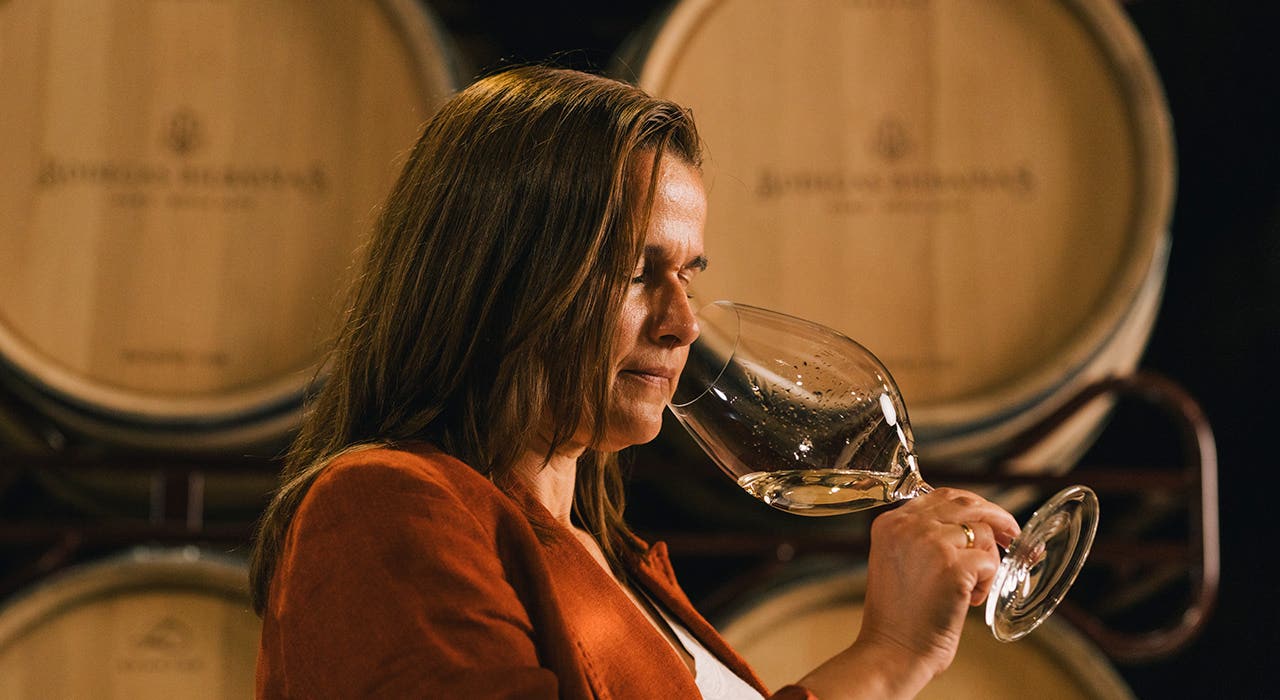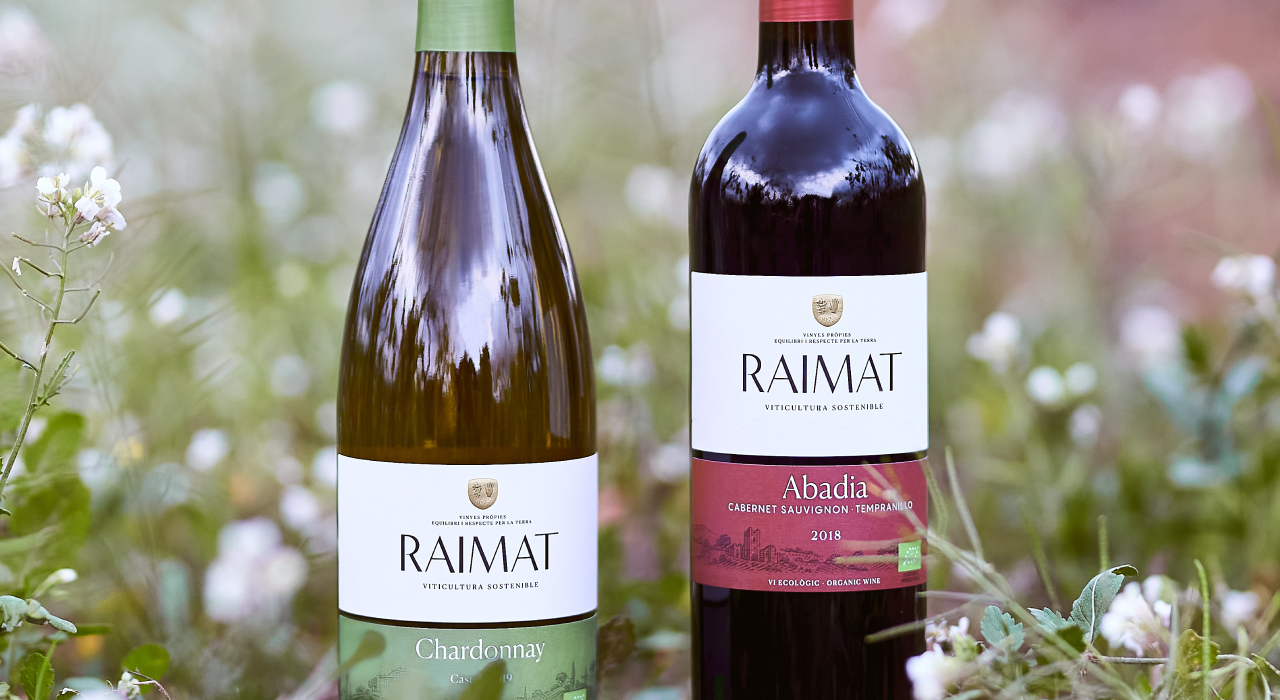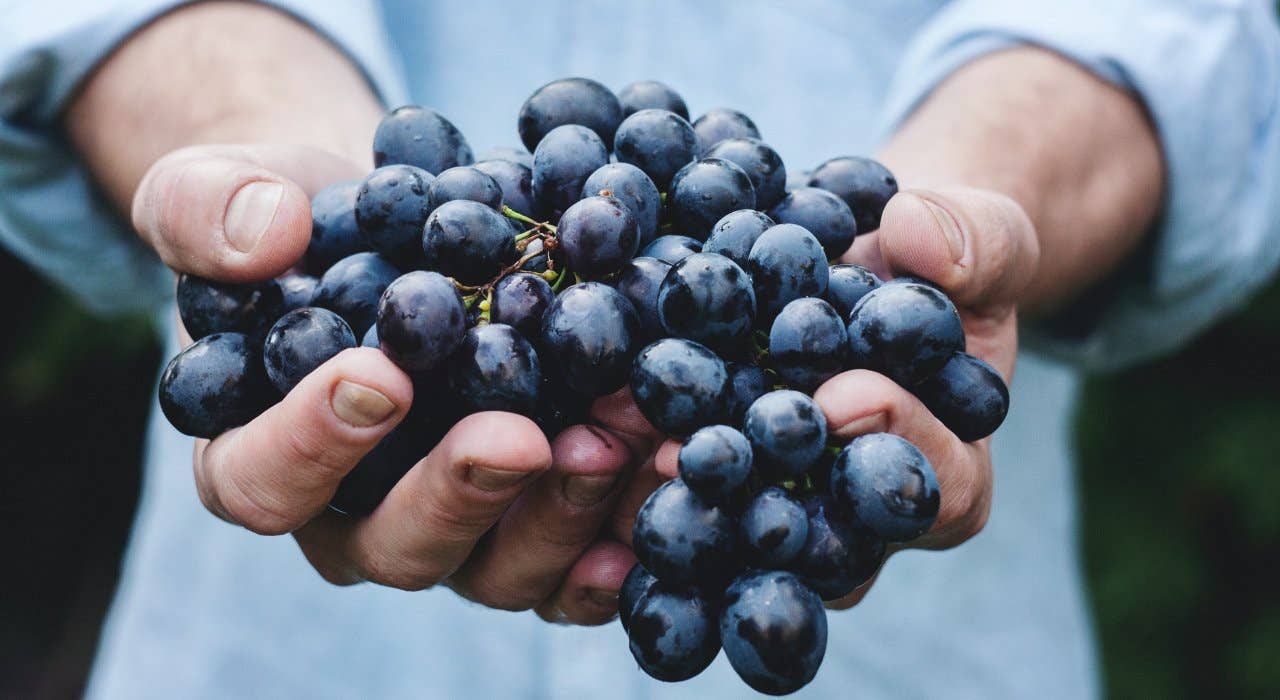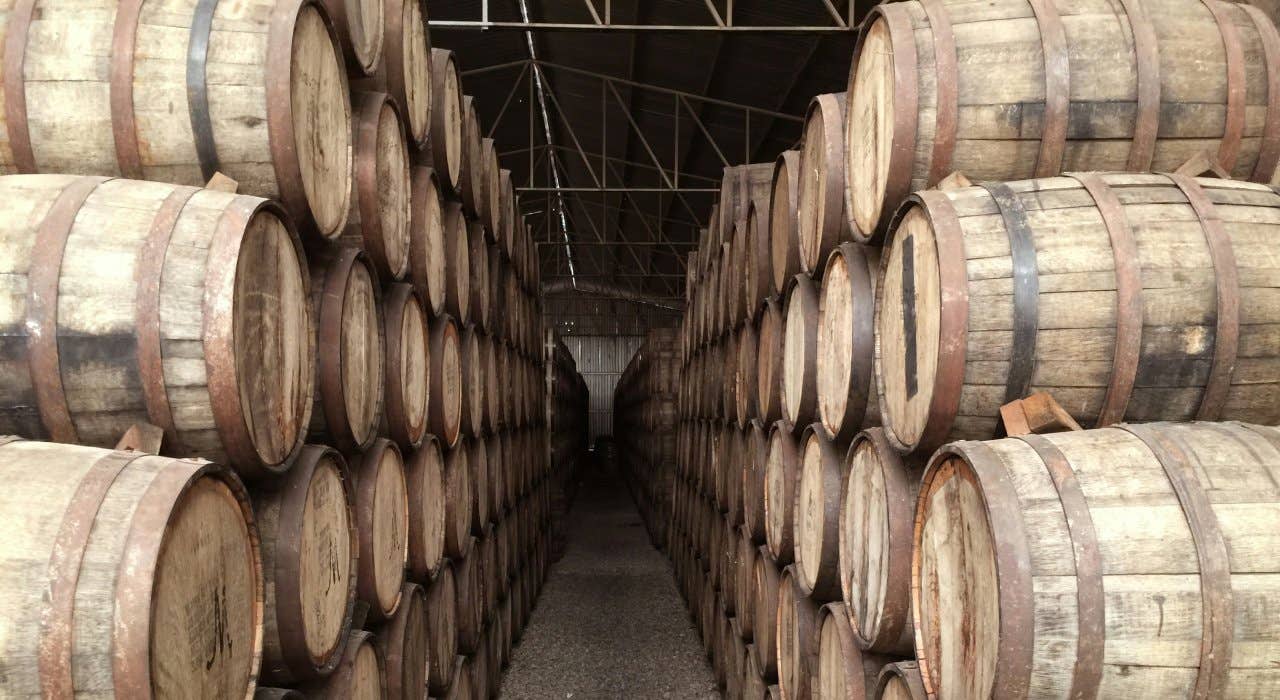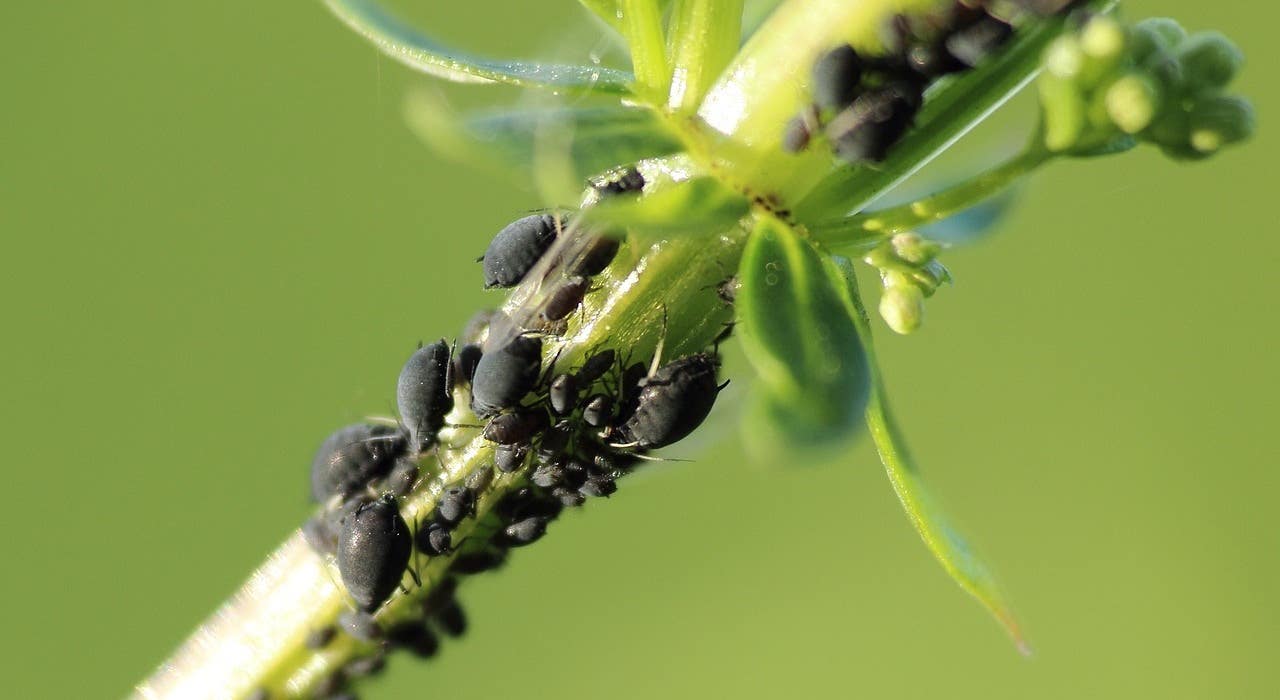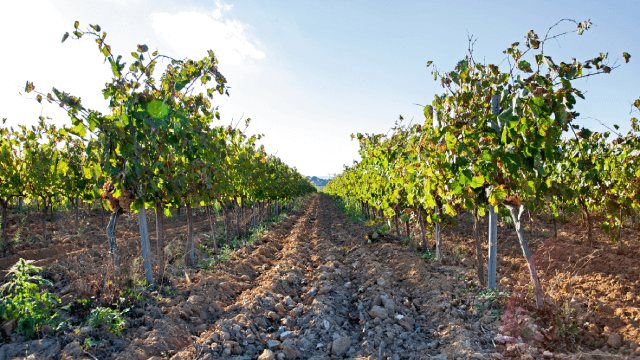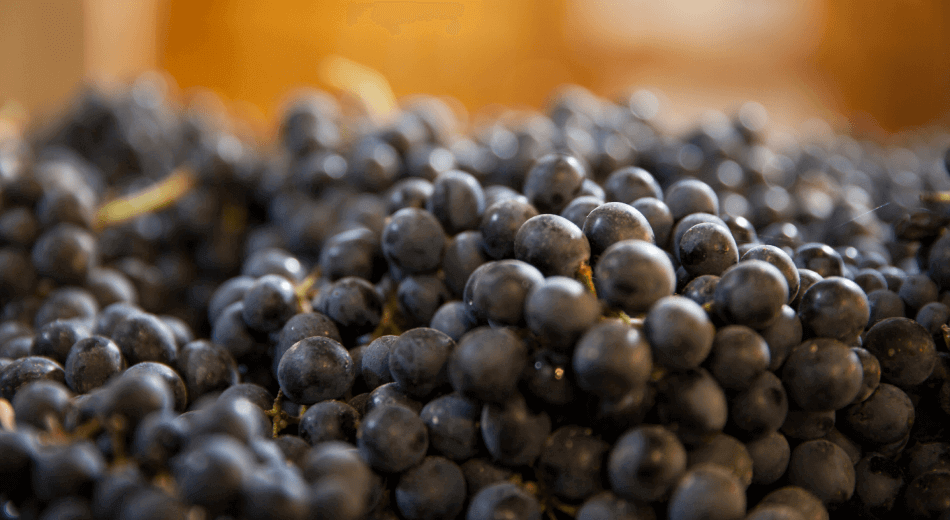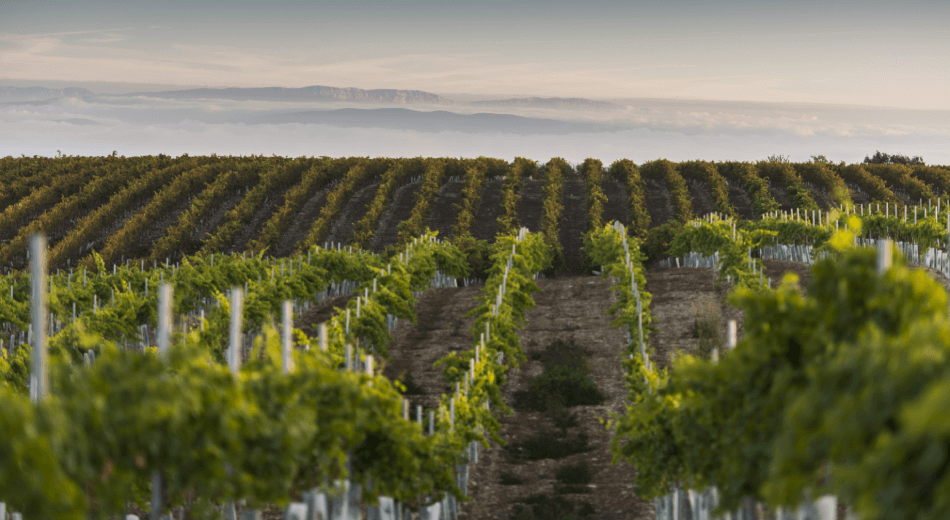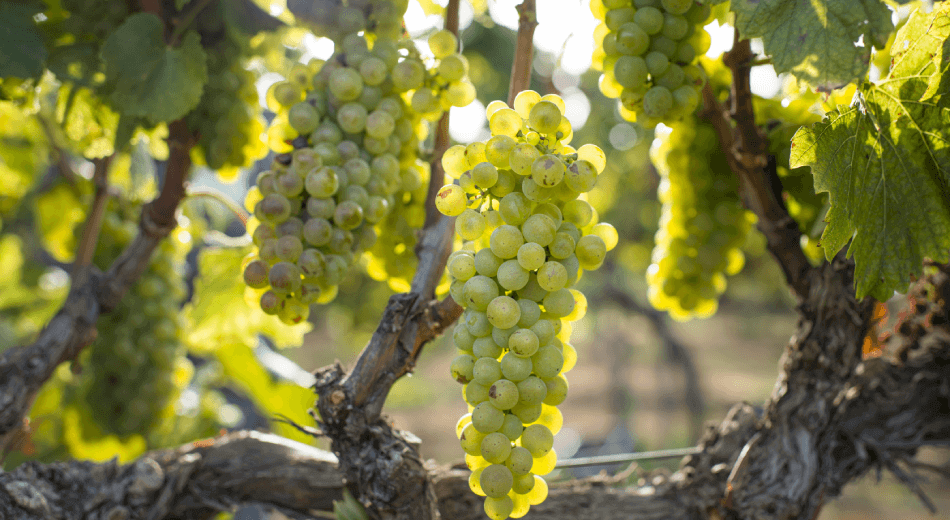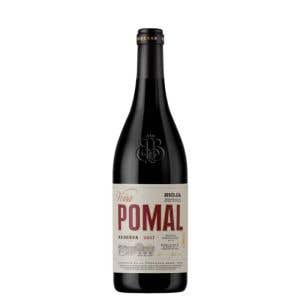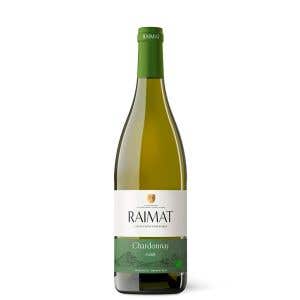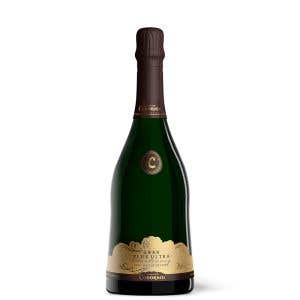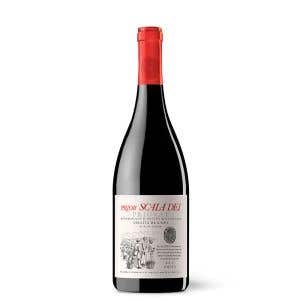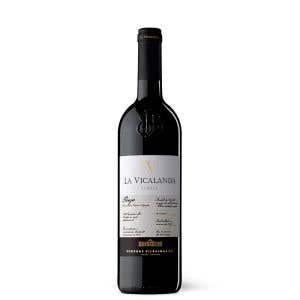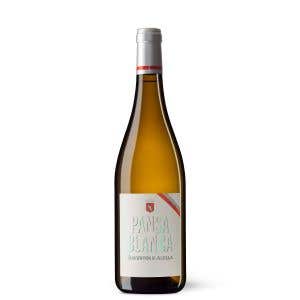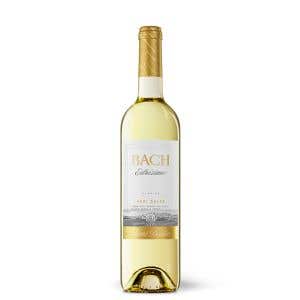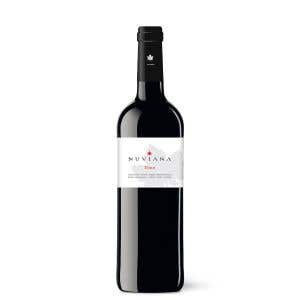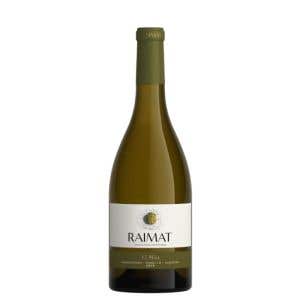Although today everybody talks aboutAlbariño, Verdejo, Tempranillo and Grenache, knowledge of grape varieties has not always been as prominent as it has become in recent times. In countries with a long winemaking tradition, we need to go back no further than four decades to a time in which the name of the grapes was a technical matter that only was important to the winegrower. The wine label didn’t even indicate the varietal composition of the wine because that didn’t necessarily help increase sales. It was assumed that, if the wine came from Burgundy, it would be made with Pinot Noir or Chardonnay, depending on the type, or mostly with Tempranillo, in the case of Rioja wines. Therefore, the remaining wine-producing regions were identified with their native varieties.
This all changed however, when the countries of the so-called New World wines - the United States, Chile, Argentina, South Africa, Australia, etc. - decided to identify their wines by the grape variety instead which revolutionized marketing techniques in the sector. This new way of marketing wine, associates the grape variety with a brand, and is much more in tune with the consumers’ needs and preferences in new markets. Consumers now can better taste the traits of a region and land in the organoleptic varietal characteristics.
Of the 10,000 grape varieties grown worldwide, 33 are found in 50% of the world’s vineyards.
The 1,368 grape varieties of Jancis Robinson
Now, the varietal mosaic offered by the wide-ranging global vineyard is much broader than you may think. According to British expert Jancis Robinson in her book Wine Grapes -written in collaboration with Master of Wine Julia Harding and geneticist José Villamouz- an estimated 10,000 grape varieties grow on this planet. In her book, published in 2012 however, the well-known writer reviews 1,368 and highlights how types of wine that are produced and marketed around in the world.
Robinson's book is timely because she bases her information on empirical data which can be counted based on wines varieties that can be purchased and tasted. The statistics however, show quite the opposite is true, data is presented that is far-fetched and in some cases, is the contrary to the reality of the wine sector.
That is at least what is found in the Focus OIV 2017 report, the latest one to be released by the International Organisation of Vine and Wine (OIV), where the aim was to discover the distribution of grape varieties in the global vineyard.
Although the total number of varieties grown on the planet may be impressive, it’s worth noting that the figure also includes table grapes and raisins. We should also note that only a few varieties take center stage: of the 10,000 registered, 13 comprise a third of the global vineyard surface, while 33 occupy 50% of the total.


